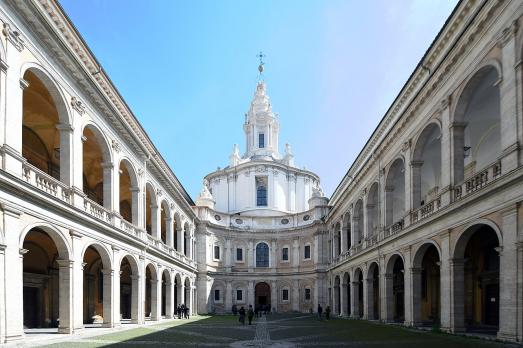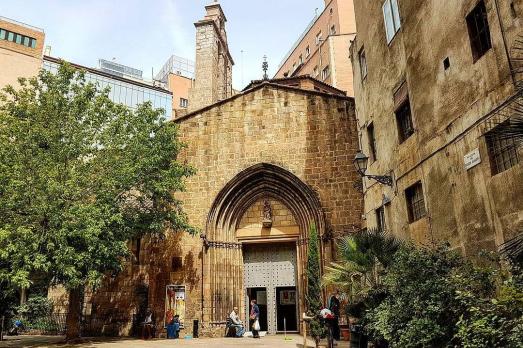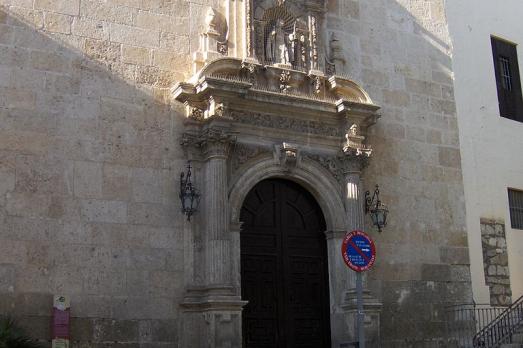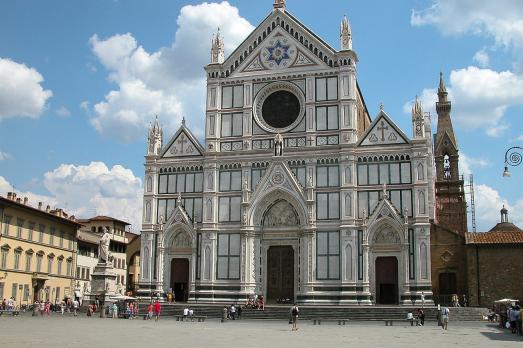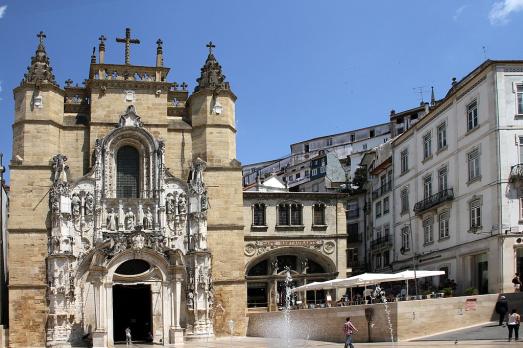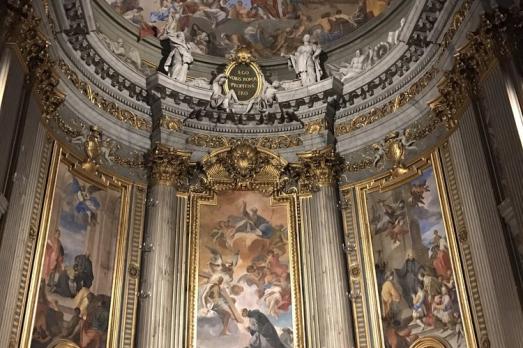
Sant'Ignazio di Loyola in Campo Marzio
Rome, IT
The Baroque church of St. Ignatius stands on the square of the same name and was built by Cardinal Ludovisi in 1626 in honor of St. Ignatius Loyola, founder of the Society of Jesus. The church was built next to the Collegio Romano Palace and replaced the church of S. Maria Annunziata from the 16th century. The church houses the tomb of Pope Gregory XV.
